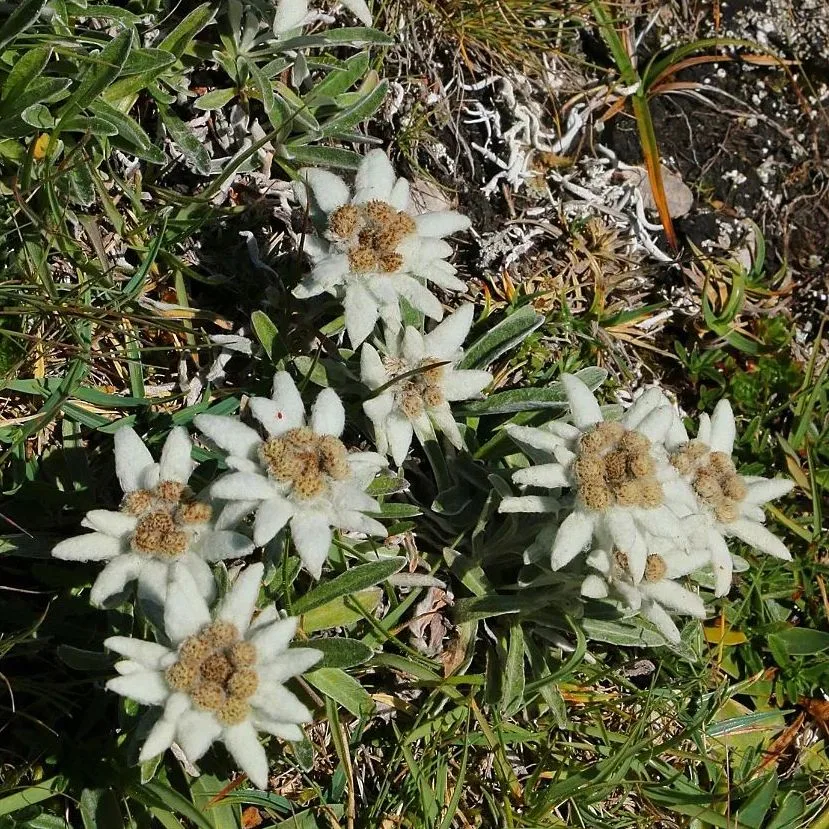FAQs About Desmodium Paniculatum
Desmodium Paniculatum, often known as Panicled Desmodium, is a fascinating plant with unique features. Having spent some time cultivating and studying this plant, I’ve come across several common questions and concerns. Here’s a comprehensive guide addressing these FAQs based on my experience.
179 Species in Genus Desmodium
What Is Desmodium Paniculatum?
Desmodium Paniculatum is a perennial herbaceous plant native to tropical and subtropical regions. It belongs to the Fabaceae family, which includes legumes. The plant is known for its attractive, feather-like foliage and small, purple to pink flowers that bloom in dense clusters. It can grow up to 2-3 feet in height, and its foliage provides a lush, green backdrop in garden beds and landscapes.
How to Care for Desmodium Paniculatum?
Caring for Desmodium Paniculatum is relatively straightforward. Here are the essential care tips:
- Light: This plant thrives in full sun to partial shade. While it can handle some shade, it performs best with at least 6 hours of sunlight daily.
- Soil: Well-draining soil is crucial. Desmodium Paniculatum prefers loamy or sandy soil with good drainage. Avoid heavy clay soils that retain too much moisture.
- Watering: Regular watering is important, especially during dry periods. However, overwatering can lead to root rot. Allow the top inch of soil to dry out before watering again.
- Fertilizing: Feed the plant with a balanced, all-purpose fertilizer during the growing season (spring and summer). A monthly feeding should suffice.
- Pruning: Regular pruning helps maintain its shape and encourages bushier growth. Trim back any leggy or diseased stems to promote a healthier plant.
How to Propagate Desmodium Paniculatum?
Propagating Desmodium Paniculatum can be done through seeds or cuttings:
- Seeds: Start seeds indoors 6-8 weeks before the last frost. Sow them in seed trays with a light seed-starting mix. Keep the soil moist and at a temperature of 70-75°F. Transplant seedlings outdoors after the danger of frost has passed and they are large enough to handle.
- Cuttings: Take 4-6 inch cuttings from a healthy plant in late spring or early summer. Remove the lower leaves and dip the cut end in rooting hormone. Plant the cuttings in a well-draining potting mix and keep them in a humid environment until roots develop.
What to Plant With Desmodium Paniculatum?
Desmodium Paniculatum pairs well with a variety of plants due to its attractive foliage and flower clusters. Consider these companion plants:
- Caladiums: Their vibrant, colorful leaves complement the delicate foliage of Desmodium Paniculatum.
- Petunias: The bright, bold flowers of Petunias contrast nicely with the subtle tones of Desmodium Paniculatum.
- Coleus: Coleus plants add an extra burst of color that contrasts with the plant’s greenery.
Is Desmodium Paniculatum Toxic?
Desmodium Paniculatum is generally considered non-toxic to humans and pets. However, as with any plant, it’s best to keep it out of reach of curious pets or children to avoid any potential issues. If ingested in large quantities, it could cause mild digestive upset, so monitoring is advisable.
Benefits of Desmodium Paniculatum
Desmodium Paniculatum offers several benefits:
- Aesthetic Appeal: Its unique foliage and vibrant flowers add visual interest to gardens and landscapes.
- Low Maintenance: Once established, it requires minimal care and is resilient to various environmental conditions.
- Soil Health: As a member of the legume family, it helps improve soil nitrogen levels, benefiting surrounding plants.
Common Problems
Despite its hardy nature, Desmodium Paniculatum can face some challenges:
- Pests: Watch out for common garden pests like aphids and spider mites. Regularly inspect the plant and use insecticidal soap if needed.
- Diseases: Root rot can be a problem if the plant is overwatered or planted in poorly draining soil. Ensure proper drainage and avoid waterlogged conditions.
- Leggy Growth: If the plant becomes leggy, it may be lacking in sunlight. Consider relocating it to a sunnier spot or pruning it back to encourage bushier growth.
Comparing Desmodium Paniculatum to Similar Plants
Desmodium Paniculatum is often compared to other leguminous plants like Desmodium Tenuifolium and Desmodium Motorium:
- Desmodium Tenuifolium: Known for its slender leaves and smaller flowers, it differs in overall appearance and growth habit.
- Desmodium Motorium: This plant is famous for its sensitive leaves that fold when touched, unlike the more static foliage of Desmodium Paniculatum.
In summary, Desmodium Paniculatum is a versatile and attractive plant suitable for a variety of garden settings. With its minimal care requirements and aesthetic appeal, it’s a great addition to many landscapes. I hope this guide helps you better understand and enjoy this unique plant!
If i die, water my plants!



